This 15ml transparent small PET bottle is ideal for beauty and skincare brands c...
Public mold semi-customization plastic bottle packaging
-

-
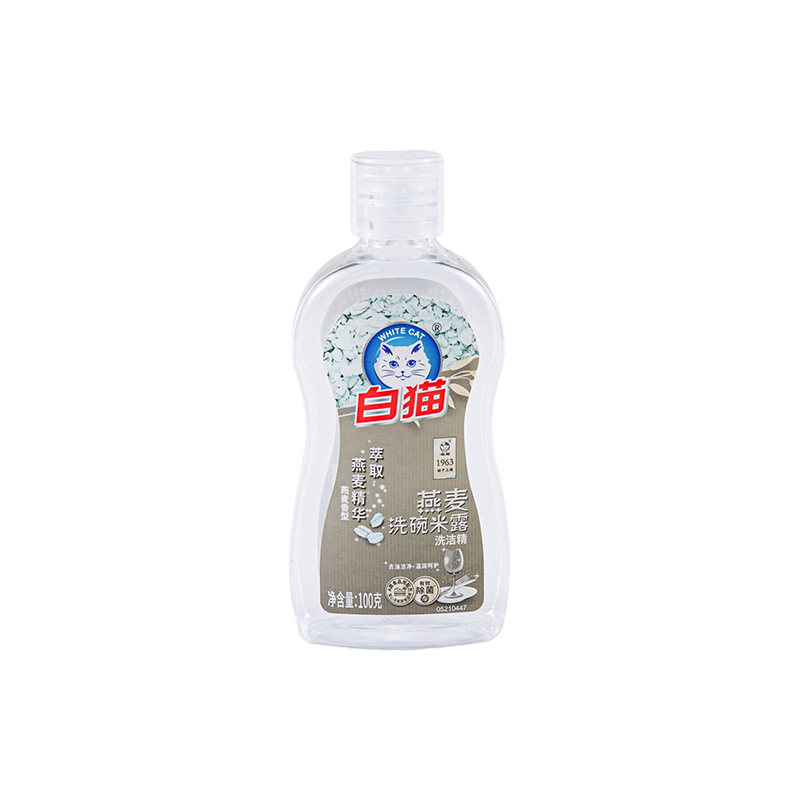 100ml simple and practical PET bottle
100ml simple and practical PET bottleDesigned with "simplicity and practicality" in mind, this 100ml simple and pract...
-
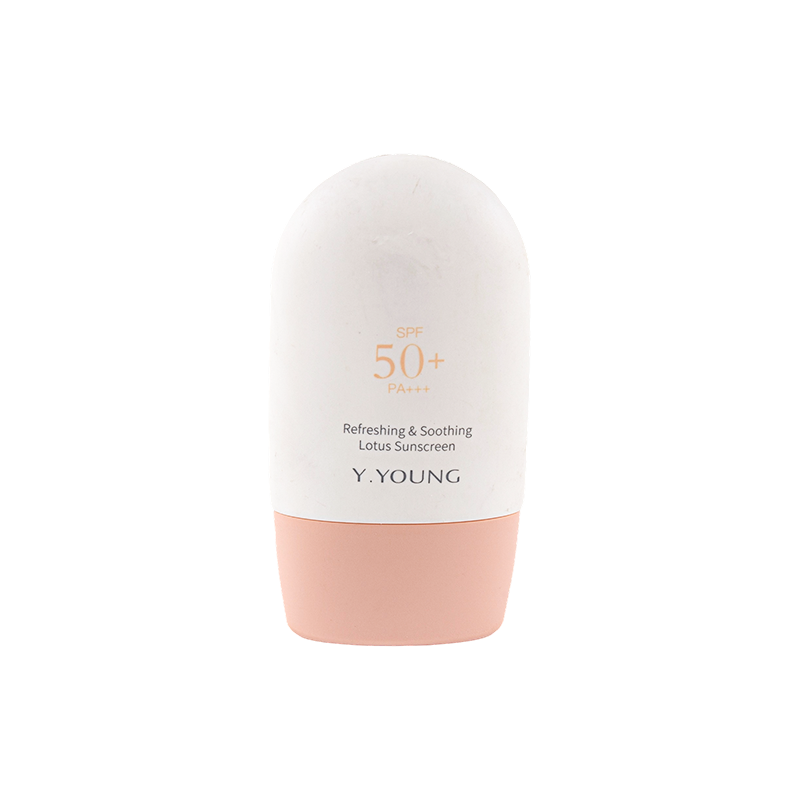 50g simple and refreshing sunscreen PE bottle
50g simple and refreshing sunscreen PE bottleThis 50g Simple Fresh Sunscreen PE bottle is an exquisite choice in beauty packa...
-
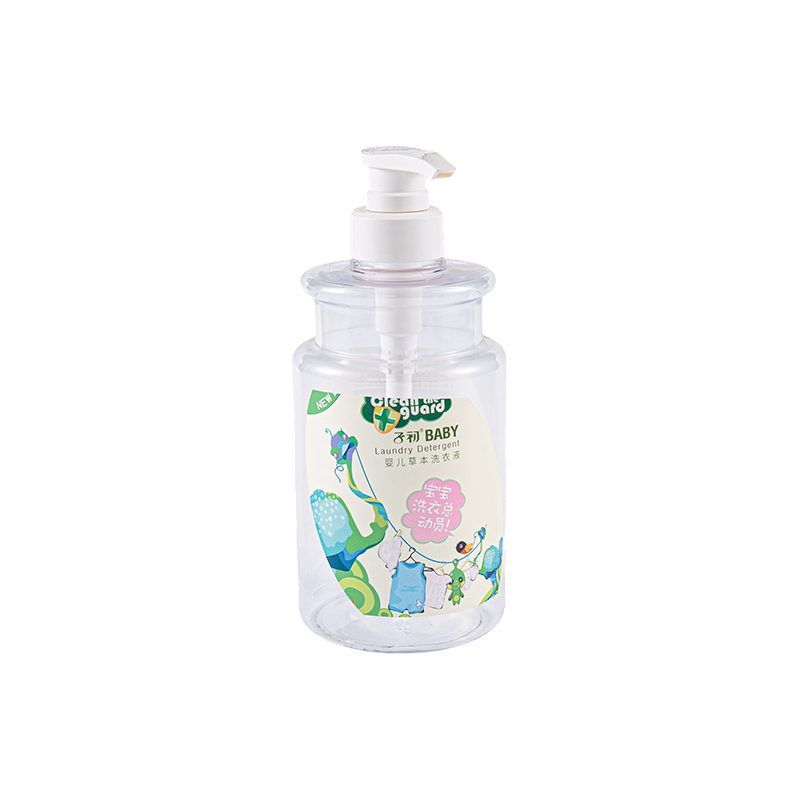 650ml durable and eco-friendly PE bottle
650ml durable and eco-friendly PE bottleThis 650ml durable and environmentally friendly PE bottle is ideal for packaging...
-
 800ml safe and durable PE square bottle
800ml safe and durable PE square bottleThe 800ml safe and durable PE square bottle, with its practical design and high-...
-
 1000ml all-white PE bottle
1000ml all-white PE bottleThe 1000ml pure white PE bottle is a premium packaging choice tailored for daily...
-
 250ml simple and elegant PE foam mousse bottle
250ml simple and elegant PE foam mousse bottleThis 250ml simple and elegant PE foam mousse bottle is a practical choice in pac...
-
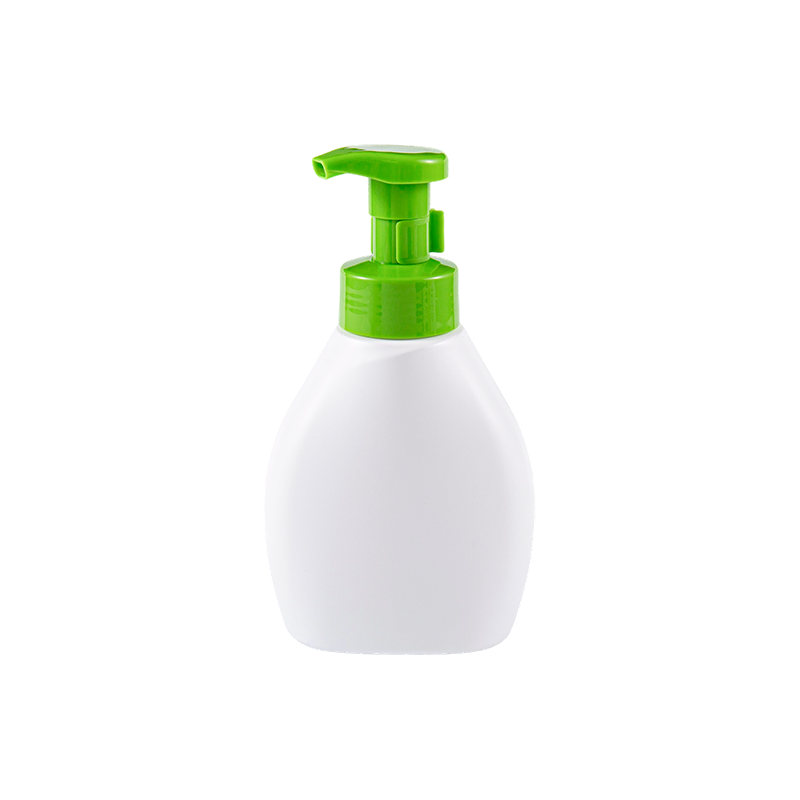 500ml practical and durable PE foam mousse bottle
500ml practical and durable PE foam mousse bottleThis 500ml practical and durable PE foam mousse bottle is ideal for filling dail...
-
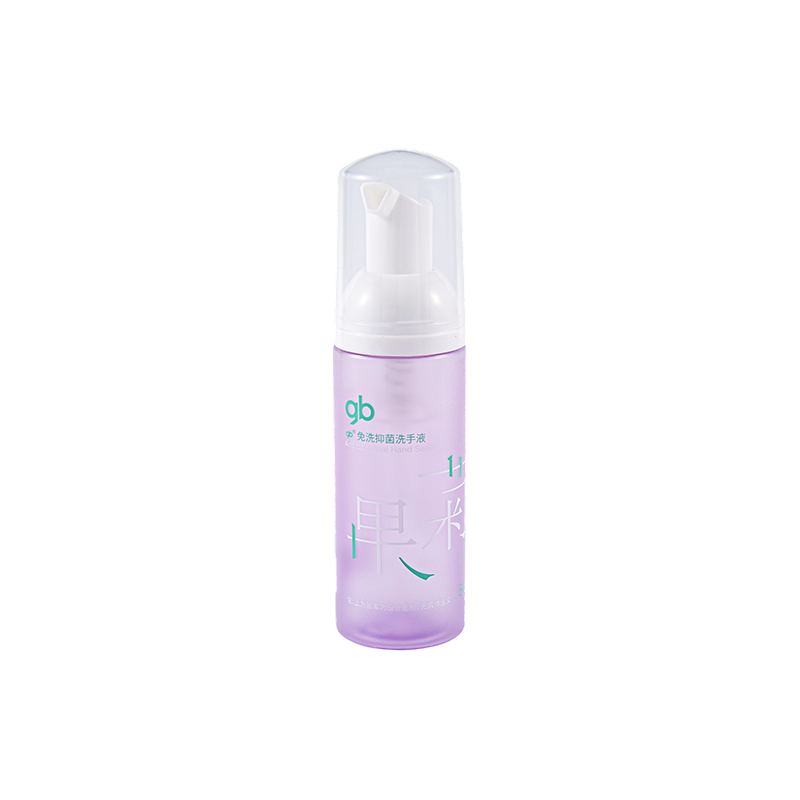 50ml lightweight practical PE foam mousse bottle
50ml lightweight practical PE foam mousse bottleThis 50ml lightweight and practical PE foam mousse bottle is a packaging that ba...
-
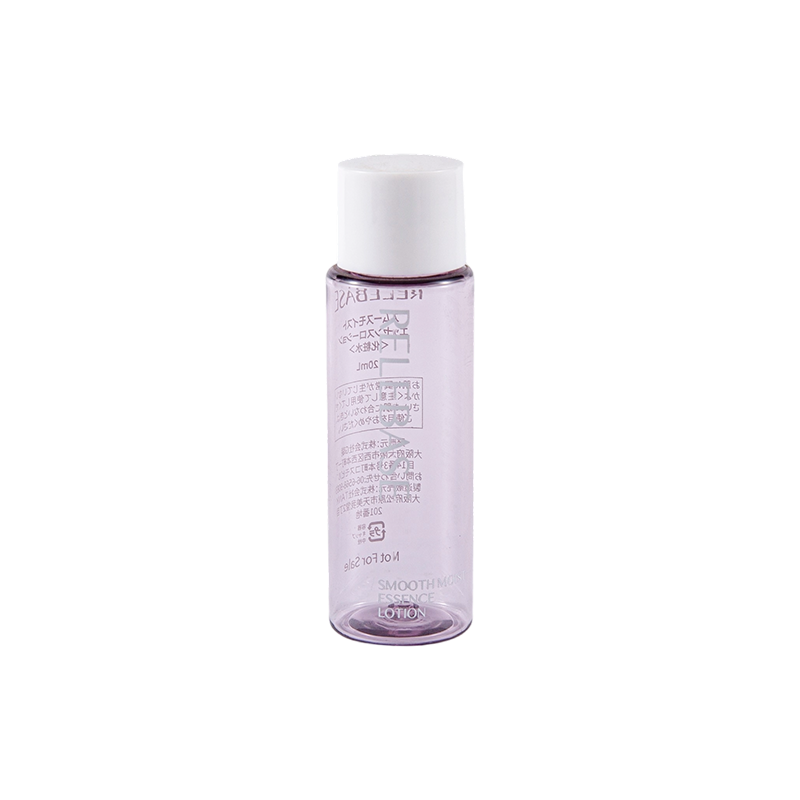 20ml shatter-resistant and easy-to-carry glass-clear PET bottle
20ml shatter-resistant and easy-to-carry glass-clear PET bottleFor small-volume packaging like cosmetic samples and serum samples, a container ...
-
 30ml safe, light and refreshing PET bottle
30ml safe, light and refreshing PET bottleDesigned for liquid products seeking convenience and quality, this 30ml safe, li...
-
 800ml convenient handle laundry detergent PE bottle
800ml convenient handle laundry detergent PE bottle800ml convenient handle laundry detergent PE bottle is a practical choice tailor...
The ultimate cost-effective solution of an efficient and agile standardized supply chain solution, relying on a modular design library for rapid assembly production, while ensuring transportation safety and product performance, reducing overall costs.
Suzhou Brotherpacking Plastic Co., Ltd. , established in 2013, is a professional manufacturer specializing in custom plastic packaging for the daily chemical industry. As Public mold semi-customization plastic bottle packaging Manufacturers and Public mold semi-customization plastic bottle packaging Factory, with a fully integrated production system — including in-house mold design, product development, injection and blow molding, labeling, and final assembly — we serve a wide range of packaging needs for skincare, haircare, body care, and home care brands. Our facility includes an independent mold workshop, high-speed CNC machines, over 50 injection machines and 30+ blow molding machines, supporting multiple material types such as PE, PP, PET, and PETG. Products are exported across Europe, the Americas, and Southeast Asia. Support Public mold semi-customization plastic bottle packaging. At BrotherPack, we uphold the spirit of craftsmanship and continuous improvement, delivering high-quality, flexible, and scalable packaging solutions trusted by global clients.
-
25+
Years of Industry Experience
-
20000㎡
Manufacturing Facility
-
150+
Skilled Employees
-
100+
Advanced Production Machines
-
1. Choosing the Right Disinfectant Spray Bottle Picking an appropriate disinfectant spray bottle begins with matching bottle material and nozzle design to the chemical you plan to use. Common bottle materials include PET, HDPE, and simple glass-lined options—each has specific chemical compatibilitie...
READ MORE -
Shower gel has become an indispensable part of our daily hygiene routines. While much attention is paid to the ingredients and fragrance of shower gels, one often overlooked component is the container that holds it—the Shower Gel Plastic Bottle. The durability of these bottles is crucial, not just f...
READ MORE -
Overview: What "Plastic Cream Jars" Mean for Cosmetics Plastic cream jars are the primary refillable or single-use containers used for creams, balms, gels and high-viscosity skincare products. They vary by polymer type, closure, capacity and finishing—each attribute affecting product stability, bran...
READ MORE
1. Cost–benefit tradeoffs: public mold (semi-custom) vs full-custom tooling
When evaluating public mold semi-customization plastic bottle packaging, quantify the tradeoffs across fixed and variable costs rather than rely on rules of thumb. Typical areas to measure:
- Up-front tooling: public molds often reduce initial tooling by 40–80% compared with a full bespoke mold — useful when projected production volumes are below the break-even point (run-length dependent).
- Per-unit cost impact: public mold runs may have slightly higher per-unit mold maintenance costs if the supplier rotates many SKUs; include predicted maintenance and scrap rates when calculating lifecycle unit cost.
- Time-to-market: public molds drastically cut lead times (weeks vs months). Quantify lost revenue from later launches to decide if the speed premium outweighs custom fit benefits.
- Flexibility penalty: list features that full-custom molds enable (integrated handles, complex undercuts, multi-cavity unique patterns) and assign dollar or strategic value to each to compare objectively.
2. Design constraints and optimization strategies for semi-custom public molds
Public molds impose specific geometric and process constraints. Knowing these enables practical design optimizations that keep the look unique while staying within the mold’s limits.
Key dimensional & structural limits
- Maximum height / diameter — public mold catalog often lists standard cavity sizes; design bottle proportions to fit the nearest standard cavity to avoid rework.
- Draft angle & wall thickness — ensure minimum draft angles (typically 1–3°) and uniform wall thickness to prevent sink marks and maintain blow-mold cycle stability.
- Neck finish compatibility — confirm thread standard (e.g., 28-400, 38-400) up front; semi-custom necks are cheaper than full-custom inserts but still must match closure supply.
Practical optimization checklist
- Start from the manufacturer’s CAD of the public mold — iterate cosmetic features (logo recesses, ribs, fillets) that do not change cavity core parting lines.
- Use fillets instead of sharp transitions to improve material flow and minimize localized thinning.
- If the brand needs a unique silhouette, work within the allowed envelope by adding non-structural surface textures or removable snap-on sleeves for differentiation.
3. Tooling modification options, tolerances and realistic lead times
Semi-custom use of public molds often permits limited modifications. Understanding which mods are standard — and their typical tolerances and lead times — helps set client expectations and procurement schedules.
| Modification | What it changes | Typical tolerance | Lead time impact |
| Shallow cosmetic engraving | Brand marks, texture | ±0.1–0.2 mm | +1–2 weeks |
| Neck insert swap | Change thread or insert | ±0.05–0.1 mm | +2–4 weeks |
| Core/cavity spacing adjustment | Change internal volume slightly | ±0.3–0.5 mm | +3–6 weeks |
| Major cavity rework | Silhouette or multi-cavity change | Varies — negotiable | Often becomes full-custom; lead time dependent |
4. Decoration, labeling and post-mold compatibility for semi-custom bottles
Decoration choices should be decided in parallel with public mold semi-customization plastic bottle packaging selection because some finishes require specific surface preparation or dimensional allowances.
Common decoration methods and compatibility notes
- Pressure-sensitive labels (PSL): very flexible for public molds; ensure flat panel areas or consistent curvature to avoid label lifting and calculate panel dimensions with a ±1.0 mm tolerance applied.
- Shrink-sleeve: works well with complex silhouettes from public molds but requires uniform wall temperature tolerance during blow molding to avoid sleeve wrinkles; confirm part diameter variation limits with the sleeve supplier.
- In-mold labeling (IML): rarely available on shared public molds unless the mold already supports IML pockets; if required, treat as a major modification and include IML tooling checklist early.
- Silk-screen or pad printing: choose areas with shallow recesses or flat panels on the mold; finishes like matte textures can degrade print adhesion unless primed.
5. Quality control checkpoints and acceptance criteria specific to semi-custom public-mold runs
QC for semi-custom molds mixes standard bottle checks with additional items tied to the degree of modification. Use these checkpoints to create an incoming inspection plan and an acceptable quality level (AQL) table.
Recommended inspection items
- Dimensional verification: critical neck dimensions, overall height, and panel flatness — sample size by ISO 2859 or AQL 2.5 depending on risk tolerance.
- Visual defects: check for flow lines, blush, sink marks around thick sections introduced by modifications.
- Functional tests: closure torque, leak test after capping, and stacking strength if the bottle will be stacked in distribution.
- Decoration compatibility: adhesion test for the specific label/print method chosen; perform wash/dry cycles or chemical resistance tests if product contains solvents.
Sample acceptance checklist (quick reference)
| Item | Measurement / Test | Pass criteria |
| Neck finish | Thread gauge & torque | No cross-threading; torque within spec |
| Volume tolerance | Fill test | ±2–3% of nominal depending on spec |
| Cosmetic | Visual inspection per AQL | AQL 1.5–2.5 for retail-facing items |
Bonus operational tip: when you order a semi-custom run, request a short trial batch (e.g., 1–2% of first order or a defined 1,000–5,000 pieces depending on scale) that specifically exercises the modified features — this materially reduces the risk of hidden rework costs.

 English
English Español
Español




